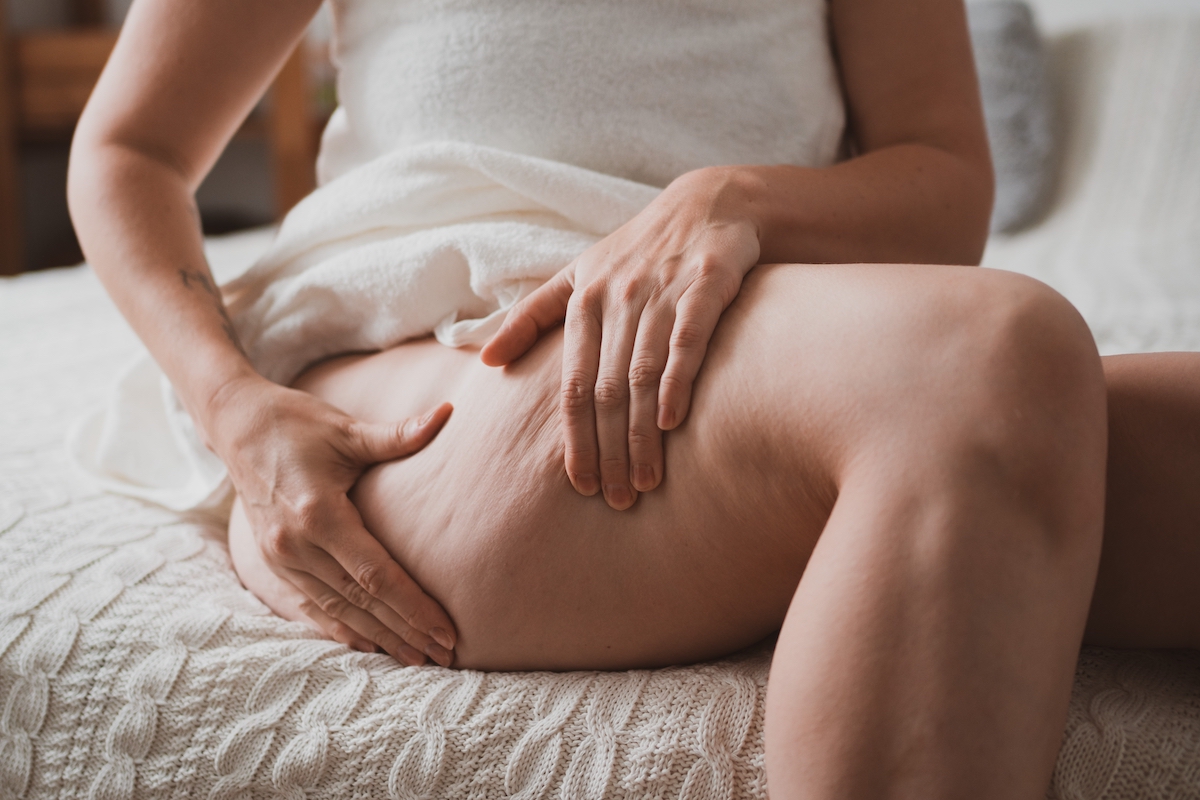The Concept of Aging with emphasis on Dermatology

The aging process is characterized by a progressive reduction in the body's ability to operate. Changes in physical appearance, physiological changes, and functional deterioration can be used to quantify aging. It is not fully understood what causes aging, although it is believed to be a combination of genetic, environmental, and lifestyle factors. Common impacts of aging include the development of wrinkles, gray hair, a loss of muscle mass, and a drop in cognitive capacities. Nevertheless, aging is also accompanied by a heightened sense of self-awareness and perspective.
The aging process in dermatology is defined by changes in the skin, hair, and nails. Among the most significant changes that occur with age are as follows: The skin loses suppleness and collagen as it ages, causing wrinkles and drooping. Age spots, also known as liver spots or solar lentigines, are flat, pigmented regions that can occur on sun-exposed skin. The ability of the skin to retain moisture decreases with age, resulting in dryness and irritation. Our skin thins, becomes more brittle, and is more prone to injury. Aging causes the skin to become more delicate and susceptible to bruising. With age, hair follicles diminish and generate hair that is thinner, shorter, and less pigmented, resulting in hair loss, graying, and reduced hair density. The skin's barrier function declines, making it more vulnerable to environmental harm and infection.
Photoaging is a form of aging caused by exposure to ultraviolet (UV) light from the sun or other sources like tanning beds. UV light can damage skin cells' DNA, resulting in mutations and an increased risk of skin cancer. It can also alter the structure and function of the skin, leading to the appearance of wrinkles, age spots, and other indications of aging. UV radiation from the sun damages the skin primarily by creating reactive oxygen species (ROS), which induce inflammation, collagen and elastin breakdown, and melanin synthesis, resulting in structural and functional changes to the skin. As well as using sunscreen, wearing protective clothes, and avoiding tanning beds, preventing photoaging involves decreasing overall exposure to UV radiation. In addition, the use of skincare products containing antioxidants, retinoids, and other anti-aging components can assist in delaying the onset of photoaging.

When we make facial expressions such as smiling, frowning, or lifting our eyebrows, our skin develops dynamic wrinkles, also known as expression lines. These wrinkles are generated by the contraction of the underlying muscles, and they are typically most pronounced in parts of the face that are frequently used for facial expressions, such as the forehead, around the eyes, and around the lips.
Loss of volume is a prevalent characteristic of aging that affects the face and the rest of the body. It is characterized by a loss of fat and other tissues, resulting in a drooping or hollowing appearance. In dermatology, volume loss is most typically observed in the face and can result in a loss of facial features, hollowing around the eyes and mouth, and sunken cheeks.

Skin sagging, also known as skin laxity, is a typical characteristic of aging caused by a decrease in the skin's collagen and elastin content. Collagen and elastin are proteins that give the skin structure and support, and their depletion results in a loss of elasticity and firmness. The face, neck, and arms are the most prevalent areas of the body where sagging skin is observed.

Resorption of the facial bones is the gradual loss of density and mass of the facial bones over time. This can alter the face's shape and features, resulting in a more aged, sunken, or hollow appearance. In more severe cases of facial bone resorption, jaw reconstruction surgery may be undertaken. Facial bone resorption can be prevented by maintaining a healthy lifestyle and diet, consuming enough calcium and vitamin D, and avoiding smoking and consuming alcohol in moderation.
References:
Mendelson, B. and Wong, C., ‘Changes in the Facial Skeleton With Aging: Implications and Clinical Applications in Facial Rejuvenation’, Aesthetic Plastic Surgery, Vol. 44, 2020, pp.1151-1158.
Posch, C., ‘Ageing research: rethinking primary prevention of skin cancer’, Journal of European Academy of Dermatology and Venereology, Vol. 35, no. 11, 2021, pp. 2216-2218.
Evershine Clinic
Share this article
More Articles
Discover more insights on health care and medical tourism.

What Is Hand Tremor? Understanding the Causes and the Right Ways to Treat It
Hand tremors are a common issue that many people experience in daily life—whether holding a cup of coffee, writing, or using a mobile phone. Noticing your hands shaking can be worrying, but in reality, tremors vary widely in severity and can arise from many different causes, ranging from minor, temporary issues to medical conditions that require proper treatment. This article will help you understand what hand tremors are, the underlying causes, and the correct treatment approaches, so you can take care of your health confidently and effectively.

Assisted Reproductive Technology (IVF / ICSI)
Starting a family is one of life’s most meaningful milestones, yet some couples may require additional support through modern reproductive technologies such as IVF or ICSI. These methods significantly enhance the chances of achieving a safe and successful pregnancy. This guide provides a clear overview of everything you need to know before beginning treatment—from required documents and pre-treatment preparation for both men and women, to each step of the IVF/ICSI process and the timeline involved. With this information, couples can approach their fertility journey with confidence, clarity, and proper medical guidance.

45+ Ageism AI Human Value
Recently, many have heard news about companies refusing to hire people aged 45 and above. This reflects the reality of Ageism age-based discrimination in labor markets both in Thailand and abroad.